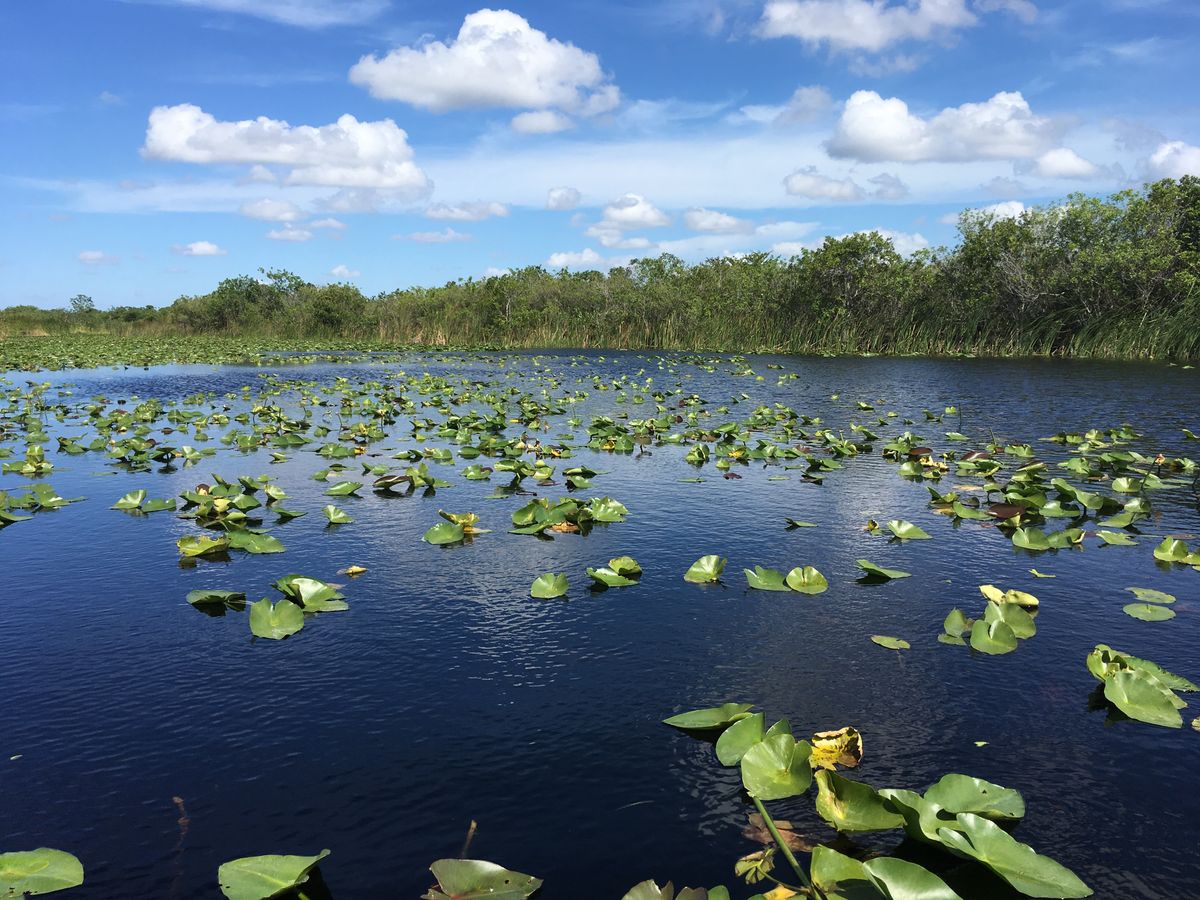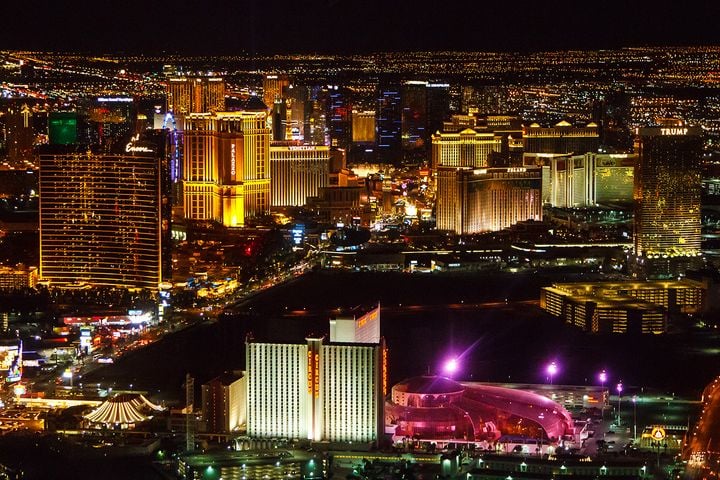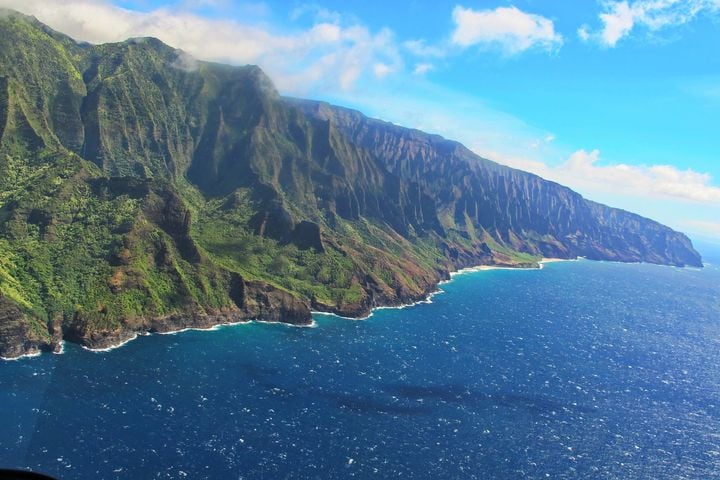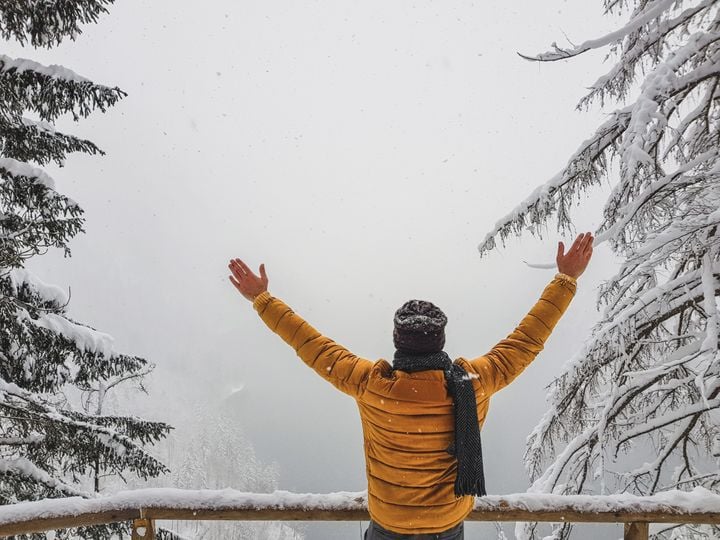Why Wetlands Are Important (& Where I Can Find Them!)
Marsh, bog or swamp: There's more to a wetland than Shrek's home - as you'll soon see!

It’s World Wetlands Day today, but if you don’t know much about them, we’ll forgive you. (You may also know them as marshes, bogs or swamps, à la Shrek). You see, despite their monumental significance, they don’t always get much publicity which - when you get to know some of the best the world has to offer - is an absolute travesty. Indeed, once upon a time, they were regarded as wastelands, with as many as 50% of the world’s wetlands falling victim to being drained, filled or treated as dumping grounds. Luckily, we’re here to not only tell you why wetlands are just so important but where you can experience them for yourselves!
Up there with the most productive ecosystems in the world, wetlands provide a myriad of different benefits to us and the environment, such as:
- Water purification. The plants on wetlands act as natural water purifiers, thanks to their ability to filter sediment and minerals, absorb pollutants and heavy metals, such as iron and copper, and release oxygen. The wetlands in Florida’s Everglades, for example, help purify the only source of drinking water for the Miami Metropolitan Area.
- Flood control. Trapping and slowly releasing surface water, wetlands along rivers and streams act as giant natural sponges, helping stabilize floods and keep streams flowing in dry seasons with little rainfall.
- Erosion control. Vegetation from wetlands binds the soil on banks, helping to prevent excessive erosion.
- Storm damage prevention. Coastal wetlands, such as mangrove forests in Florida and coral reefs, help blunt the force of major storms and tsunamis, reducing the impact and damage on towns.
- Atmospheric maintenance. The plants, wildlife, and microbes in wetlands are an integral cog in the water, nitrogen, sulfur, and carbon dioxide cycles, thus helping to moderate global climate conditions.
- Delivery of natural produce and materials. From fish to fruit, building materials to medicines, a large part of our economy relies on the products that come from wetlands.
- Habitat for plants, fish and wildlife. According to the Murray Darling Basin Authority, wetlands are home to around 40% of freshwater fish globally, while a significant proportion of other plants, fish and wildlife - including many endangered species - use the aquatic environments at some point in their lives for food and shelter, too. Some young fish, for example, use the calm, shallow waters of wetlands as a nursery. At the same time, other species of migratory birds are totally dependent on them during the winter and would become extinct without them.
- Biodiversity. The unique relationships between plants, insects and animals on a wetland have produced some species only found in these habitats.
- Food for farm animals. The variety of grasses found in wetlands serves as fantastic grazing areas for livestock.
- Recreational activities. Fishing, hunting, hiking, sightseeing, boating, photography and wildlife watching - the opportunities for a nature lover are endless.
- Education. Wetlands provide many opportunities for environmental awareness programs.
So, where are the best places to find them?
1.Okavango Delta, Botswana
Formed in the basin of the Kalahari Desert from the Okavango River, the juxtaposition of wet and dry in this perfect oasis - Africa’s biggest and most beautiful - is nothing short of remarkable.
Home to lions, elephants, zebras, hippos, rhinos, cheetahs, wildebeest and antelope, a great way to experience it is by mokoro - a traditional canoe. You can also join a riding safari, where you’ll gallop along with the animals, or book a sunset helicopter flight over the breathtaking terrain.
The best time to visit is between July - October.
2. The Pantanal, Brazil
The biggest and best-preserved wetland globally - spanning more than half the size of France! - is famous for its wildlife. Among a whole host of the other big-name animals you’d expect to see, this is also the place to spot a Jaguar in the wild, but - be warned - it’s not a given! Your chances are best during the dry season, between May and October.
Home to over 650 species of bird, almost 200 mammals, over 250 fish, 50 reptiles and more than 1,000 butterflies, it’s an animal lover’s haven.
Book an unforgettable ride through the lagoon
3. Everglades, Florida
Home to hundreds of birds and other species, the Everglades are best-loved for their crocodiles and alligators - the only place on earth where they co-exist.
Book your three-hour safari here
4. Kerala Backwaters, India
This network links lakes, lagoons and rivers and is home to several aquatic species, such as crabs, frogs, otters and turtles.
5. Kakadu Wetlands, Australia
Spanning half the size of Switzerland, this is one of the best places to view wildlife, such as crocodiles, wild horses and buffalo, as well as migratory birds.
6. Mekong Delta, Vietnam
Venture through this rich and iconic landscape - covered with rice fields - for coconut palm-dotted riverbanks, colorful orchards, fruit picking, a waterway filled with boats and unrivaled hospitality from local hosts.
7. iSimangaliso Wetland Park, South Africa
Previously known as the Greater St. Lucia Wetland Park, this was declared South Africa’s first UNESCO World Heritage Site and is the third-largest park in the country, boasting almost 300km of near-pristine coastline and over 300,000 hectares of spectacular scenery.
Home to the largest population of hippos in the country, an estimated 1000 crocodiles, lions, elephants, leopards, rhinos, buffalo, whales, dolphins and turtles - and a wealth of plant and birdlife - it offers rich biodiversity, unique ecosystems and unbeatable views.
8. Camargue, France
Serving as one of the best spots in Europe for bird watching, this UNESCO World Heritage Site offers endless views of flamingos, rice fields and salt beds, as well as its iconic white horses and black bulls.
9. Ljubljana Marshes, Slovenia
An incredible way to enjoy this area is on a four-hour cycling tour, where you’ll ride down a mix of flat roads and jungle-like trails, bypassing lush greenery, local wildlife and indigenous species as you go.
Read what else Slovenia has to offer here
Happy World Wetlands Day!



